· ai chatbots · 18 min read
Top AI Chatbot Features in 2024: Transforming Industries and Redefining Customer Experience
Explore the cutting-edge design and features of AI chatbots that redefine user interactions and business automation in 2024. This image showcases the seamless integration, advanced user interfaces, and engaging elements of next-gen AI-driven chatbots.
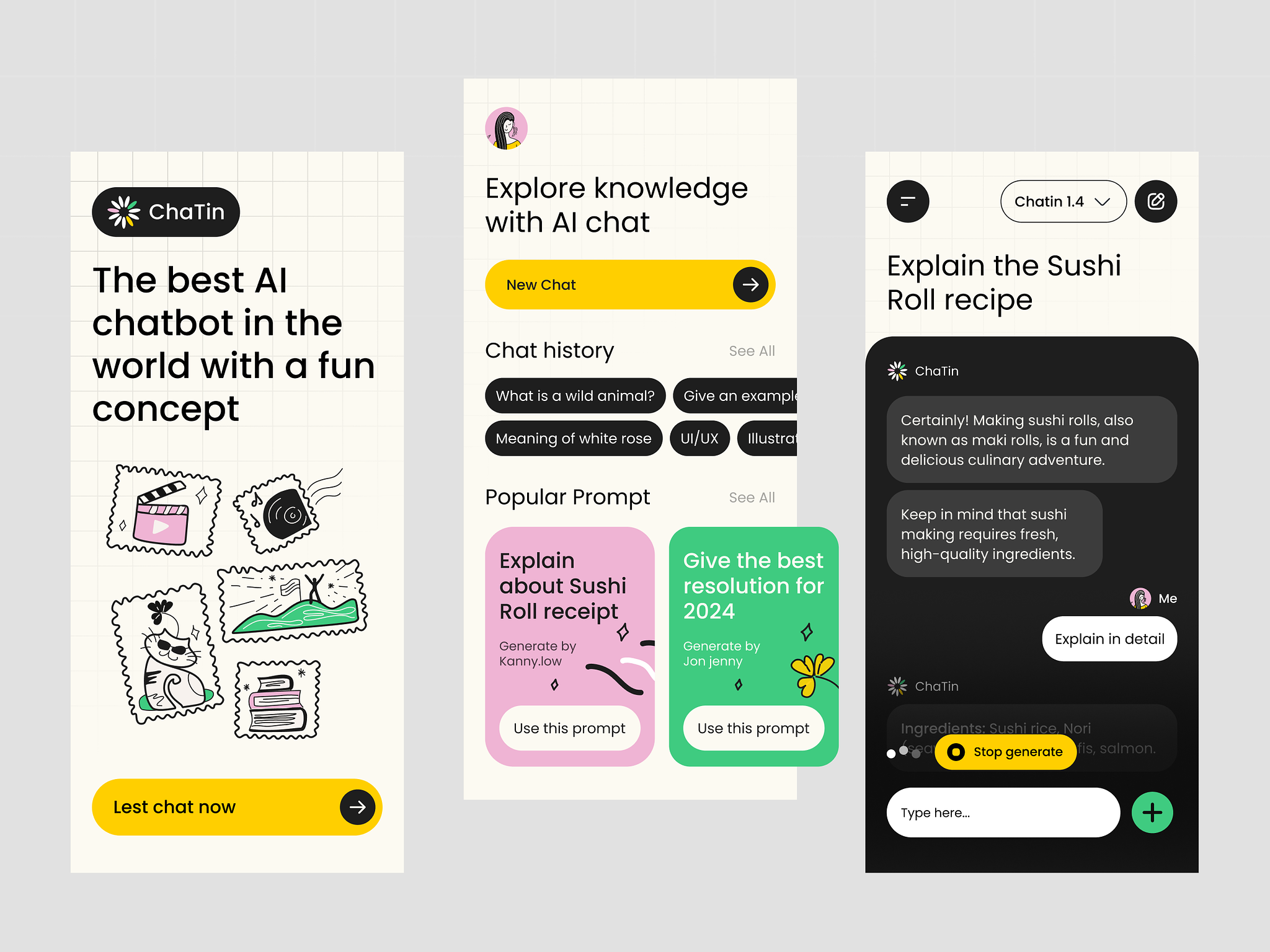
1. Introduction to AI Chatbots in 2024
Gone are the days of clunky, keyword-dependent chatbots that often left users exasperated. In 2024, AI chatbots are redefining what it means to engage with customers, streamline workflows, and drive business growth. Think of the slick, fast-learning, emotionally intelligent chatbots that know your preferences better than you do. They now form a central component in everything from personalized shopping experiences to virtual healthcare assistance.
Why this transformation? Businesses today are laser-focused on personalization and efficiency—qualities that AI chatbots deliver at scale. The numbers don’t lie: According to MarketsandMarkets, the global chatbot market is projected to grow from $4.2 billion in 2023 to $10.5 billion by 2027, demonstrating a compound annual growth rate (CAGR) of over 25%. This growth underscores how essential AI-powered chatbots have become to enterprises aiming to stay competitive in an era where instant, meaningful connections with users are key.
2. The Growth and Importance of AI Chatbots
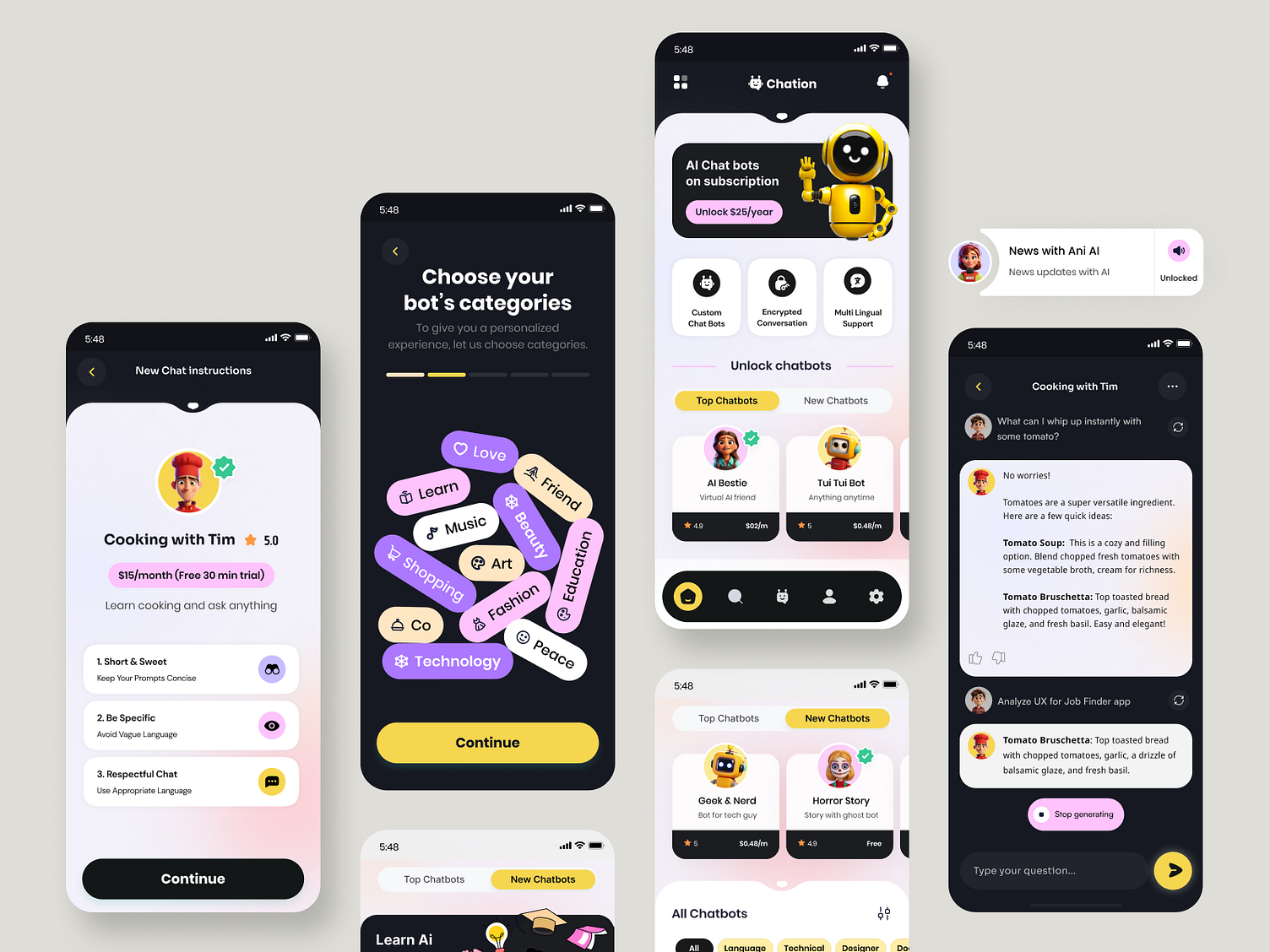
AI chatbots have matured from merely handling basic Q&A to becoming full-fledged virtual agents capable of complex reasoning, decision-making, and adapting to human emotions. With businesses across multiple sectors embracing this technology, it’s clear that AI chatbots are more than a passing trend. Let’s break down their meteoric rise and importance with data-backed insights that hit like a brick:
Widespread Adoption Across Industries
From healthcare to finance, AI chatbots are seeing unprecedented adoption rates. Consider the banking sector, where Juniper Research predicts that chatbots will save banks over $7.3 billion globally by 2024, mainly by reducing customer support costs. Or look at e-commerce, where AI chatbots have been shown to increase conversions by a whopping 20%, according to LivePerson.
Enhanced Customer Experience (CX)
AI chatbots are now capable of providing 24/7 customer support with near-human empathy. They don’t just answer basic questions; they can recommend products, handle complaints, and even show sympathy during difficult conversations. For example, Zendesk reports that AI-driven customer service agents can reduce wait times by up to 50%, leading to higher customer satisfaction and retention rates.
ROI-Driven Automation
Businesses love chatbots for their ability to reduce operational costs while boosting productivity. Imagine having an employee that never sleeps, never makes mistakes, and can juggle thousands of tasks at once. AI chatbots do exactly that by automating repetitive tasks and freeing human agents to focus on more complex, value-added activities. Forrester found that companies implementing AI-driven customer service solutions see an average cost reduction of 30% within the first year.
Key Market Players
Leading chatbots like OpenAI’s GPT-based solutions (such as ChatGPT) and Microsoft’s Azure Bot Service are setting the pace for the industry, while platforms like ManyChat and Drift are empowering businesses of all sizes to leverage this tech seamlessly.
In summary, AI chatbots are rapidly shaping the way businesses operate, interact, and grow. Their evolution is not just about fancy algorithms; it’s about tangible business results that drive user satisfaction, loyalty, and scalable solutions. Up next: we’ll explore the cutting-edge features that make AI chatbots in 2024 the indispensable powerhouses they are.
3. Best AI Chatbot Features in 2024
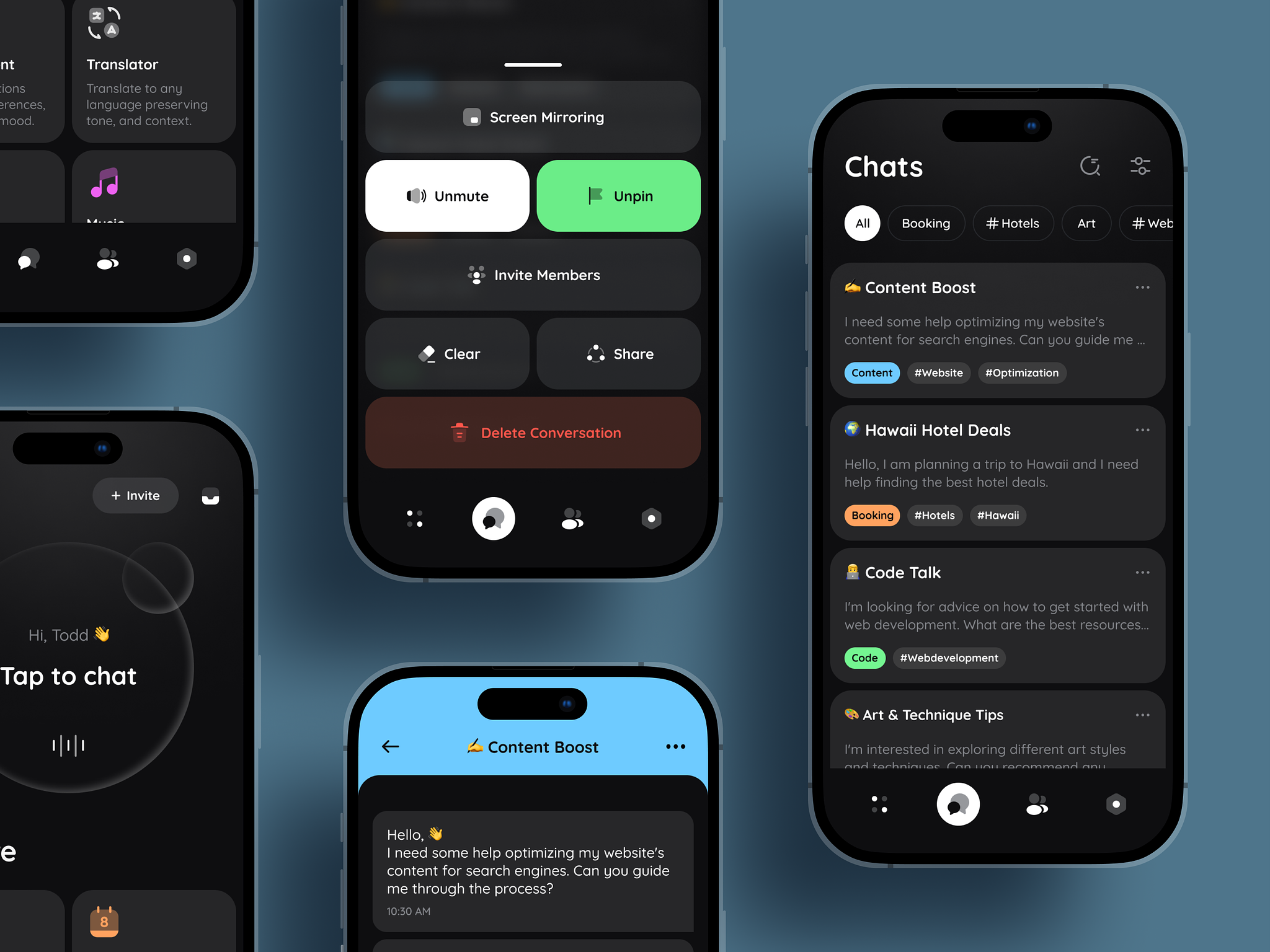
In 2024, AI chatbots are redefining customer experiences with a dazzling array of features that weren’t even on the radar a few years ago. What sets the top performers apart? It’s their ability to make interactions feel natural, personalized, and seamlessly integrated across multiple channels. Let’s dive into the standout features that are making waves.
1. Advanced Natural Language Understanding (NLU) and Contextual Awareness
Forget chatbots that spit out robotic responses based on keywords alone. The new breed of AI chatbots can process language as humans do, thanks to advanced natural language understanding (NLU). These bots can understand slang, sarcasm, context, and even respond with empathy. In 2024, businesses leverage chatbots that recognize customer intent and adapt accordingly, even mid-conversation.
Real-World Example:
Duolingo uses NLU-driven chatbots to provide personalized language lessons and simulate real-life conversations. The chatbot adapts to each user’s proficiency level, offering a tailored experience that keeps learners engaged. This contextual awareness has propelled Duolingo’s user base to over 500 million.
Why It Matters:
Advanced NLU leads to more accurate, relevant interactions. Customers feel heard and understood, resulting in higher engagement rates and improved satisfaction. It’s no wonder Gartner predicts that by 2025, 60% of customer service requests will be handled through conversational AI—a testament to NLU’s growing importance.
2. Hyper-Personalization and Tailored User Interactions
Gone are the days when chatbots treated every customer the same. Today’s AI chatbots use data-driven insights to offer hyper-personalized experiences. By analyzing user data—purchase history, preferences, and past interactions—these bots craft responses and suggestions that feel tailor-made.
Real-World Example:
Retail giant Sephora utilizes AI-powered chatbots to offer personalized product recommendations. Through user data and behavior tracking, the chatbot can guide shoppers to the right skincare products, complete with reviews and tutorials. As a result, Sephora has seen a notable 11% increase in conversion rates.
Why It Matters:
Personalization is the key to customer loyalty. Studies show that 80% of consumers are more likely to do business with a company if it offers personalized experiences (Epsilon). AI chatbots take this to new heights by creating meaningful, customized interactions.
3. Omnichannel Support and Seamless Integration
In 2024, businesses can’t afford to miss a beat when engaging customers. AI chatbots now offer omnichannel support, meaning they can interact with users across websites, mobile apps, social media platforms, and more—all while providing a consistent, unified experience. Imagine having a conversation with a bot on Instagram and seamlessly continuing it via email later—without any loss of context.
Real-World Example:
H&M’s chatbot can assist customers via its website, app, and even Facebook Messenger. Whether it’s finding a new outfit, checking the order status, or returning a product, customers enjoy a seamless experience across platforms.
Why It Matters:
A unified customer experience boosts brand perception and loyalty. According to Aberdeen, companies with strong omnichannel strategies retain 89% of their customers, compared to 33% for those with weak strategies. AI chatbots ensure customers get what they need, when they need it, no matter where they are.
4. Emotionally Intelligent AI Chatbots
The future belongs to chatbots that can “feel.” AI chatbots with emotional intelligence are designed to sense and adapt to users’ emotions, adjusting their tone and behavior accordingly. Whether it’s calming down a frustrated customer or providing positive reinforcement, these bots bring a human touch to automated interactions.
Real-World Example:
Woebot is a mental health chatbot that leverages emotional intelligence to offer therapeutic support. By analyzing user inputs for signs of stress or anxiety, Woebot provides empathetic responses, helping users manage their mental well-being.
Why It Matters:
Emotional intelligence builds stronger connections and drives deeper engagement. A survey by PwC found that 59% of consumers feel companies have lost touch with the human element of customer experience, and emotionally intelligent chatbots can bridge that gap.
5. Task Automation and Workflow Efficiency
AI chatbots have become essential for automating mundane, repetitive tasks. By integrating with CRM, ERP, and other enterprise software, chatbots can handle everything from data entry to scheduling meetings—leaving human employees free to focus on high-value tasks.
Real-World Example:
Slack’s AI-powered bots streamline internal workflows by automating routine processes, such as HR requests, IT support tickets, and reminders. This results in significant productivity gains and reduced administrative burdens for teams.
Why It Matters:
Automation drives operational efficiency. Research by McKinsey shows that businesses implementing AI-driven automation see a productivity boost of 20-30%, translating to substantial cost savings.
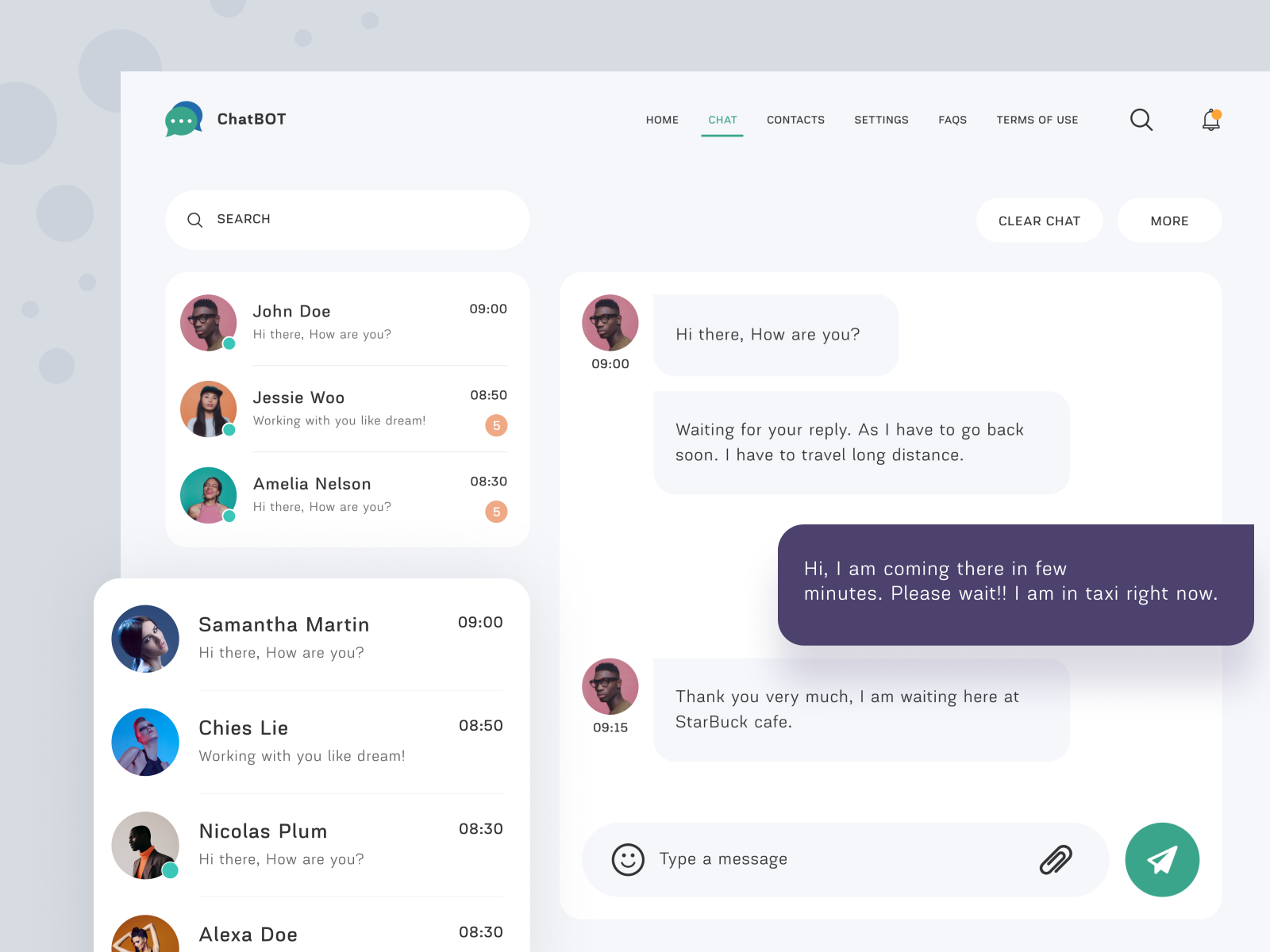
6. Voice-Powered AI Chatbots
The voice revolution is here. AI chatbots equipped with voice recognition technology offer users the convenience of hands-free interaction. Whether it’s booking appointments, accessing customer support, or managing smart home devices, voice-driven chatbots make interactions faster and more intuitive.
Real-World Example:
Google’s AI Assistant continues to set the standard for voice-powered chatbots, handling everything from answering questions to controlling home automation devices. Its voice recognition accuracy and natural-sounding responses keep users coming back for more.
Why It Matters:
The voice-based AI market is expected to reach $31.82 billion by 2025 (Statista), driven by user demand for faster, more natural interactions. Businesses that embrace voice-powered AI are poised to stay ahead of the curve.
7. Security and Data Privacy Enhancements
In an era where data breaches make headlines, trust and security are paramount. AI chatbots have upped their game, incorporating robust security protocols and adhering to regulations like GDPR and CCPA. These enhancements protect user data, maintain privacy, and ensure compliance.
Real-World Example:
HIPAA-compliant chatbots for healthcare, such as Sensely, allow patients to access personalized care plans while ensuring sensitive data remains protected.
Why It Matters:
With 79% of consumers concerned about data privacy (Cisco), AI chatbots that prioritize security foster trust and credibility—essential for sectors like finance and healthcare.
8. Real-Time Analytics and AI-Driven Insights
Today’s AI chatbots don’t just converse; they learn. By analyzing user conversations in real time, they offer data-driven insights that empower businesses to make informed decisions, optimize processes, and identify opportunities for growth.
Real-World Example:
Intercom leverages AI to provide businesses with real-time conversation analytics. This helps companies track customer sentiment, monitor agent performance, and optimize user journeys.
Why It Matters:
Data is power. Real-time analytics allow businesses to react swiftly to changing customer needs. According to Gartner, businesses using AI-driven insights are 23% more likely to outperform competitors in key CX metrics.
9. Conversational AI for Enhanced Customer Experience (CX)
Conversational AI brings life to customer interactions, allowing businesses to deliver consistent, high-quality service. These chatbots can handle multiple requests, reduce wait times, and offer instant resolutions—all while providing a personalized touch.
Real-World Example:
Domino’s Pizza uses AI chatbots to let customers place orders via text or voice. Whether it’s modifying a pizza or tracking delivery, the seamless experience keeps customers satisfied and coming back.
Why It Matters:
Customer experience (CX) is king. Businesses that prioritize conversational AI see improved customer satisfaction rates, retention, and brand loyalty—key pillars of success.
10. No-Code/Low-Code Chatbot Development Platforms
Creating chatbots is no longer the exclusive domain of tech experts. No-code and low-code platforms empower non-technical users to build, deploy, and customize AI chatbots. This democratization allows small businesses to tap into AI benefits without significant investment.
Real-World Example:
ManyChat allows businesses to create Facebook Messenger bots without any coding. This accessibility has enabled small and medium-sized enterprises to engage with millions of users effortlessly.
Why It Matters:
No-code tools level the playing field, enabling faster time-to-market and innovation. The rise of such platforms is fueling broader adoption, with Gartner predicting that 65% of all application development by 2024 will be through low-code/no-code platforms.
4. Industry Applications of AI Chatbots in 2024
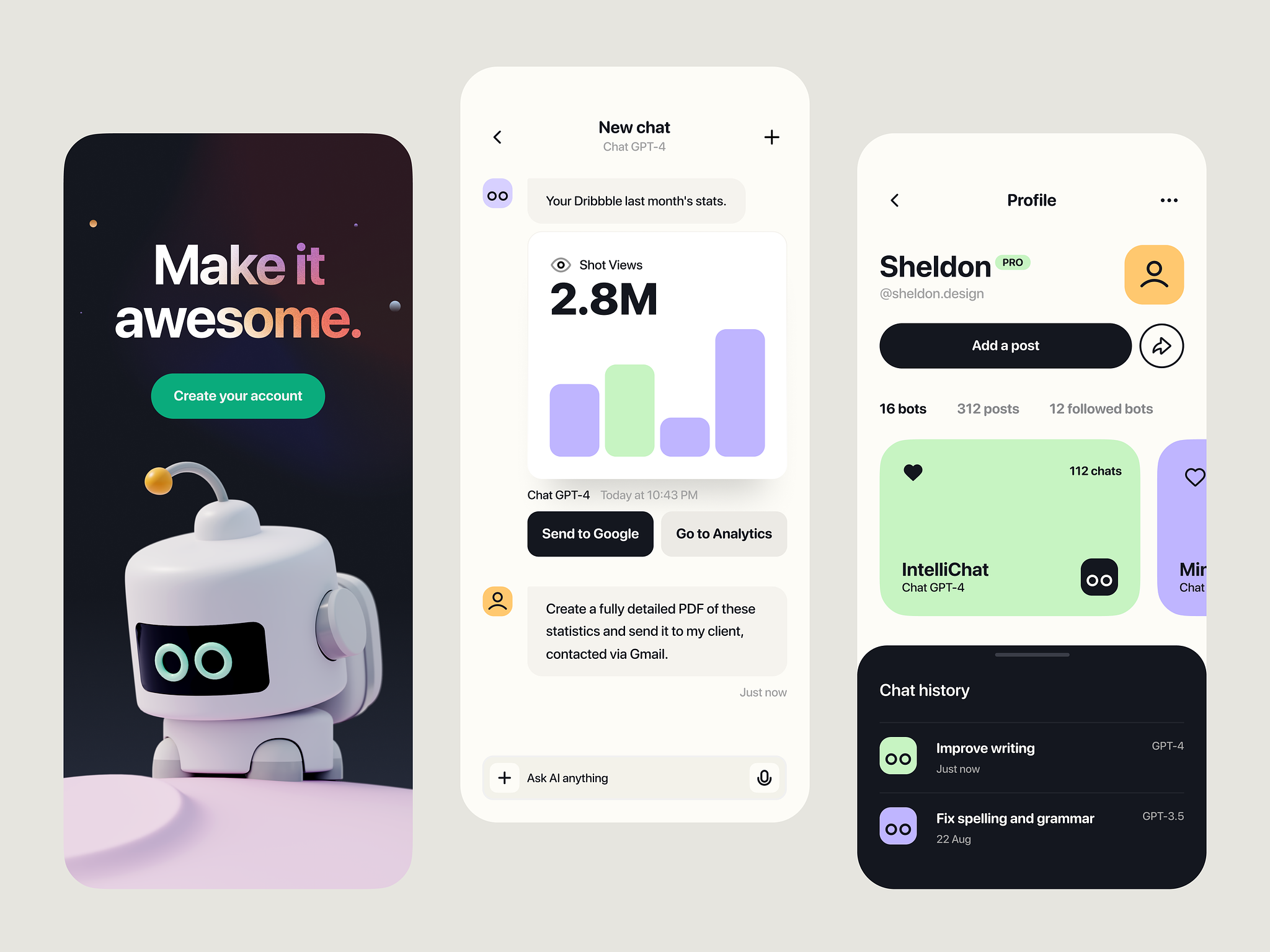
AI chatbots aren’t one-size-fits-all; they’re tailored to solve industry-specific problems. Here’s how different sectors are benefiting from this powerful technology:
Healthcare: Telehealth AI Chatbots and Patient Support
AI chatbots in healthcare assist patients with scheduling, medical queries, and even mental health support. A study by Accenture found that AI chatbots could save the healthcare industry $150 billion annually by 2026. Companies like Babylon Health are already revolutionizing telehealth with AI-powered consultations.
E-Commerce: Personalized Shopping and AI Recommendations
AI chatbots in e-commerce help businesses drive sales through personalized recommendations, streamlined checkout processes, and real-time order tracking. H&M’s chatbot offers personalized style advice, while eBay’s ShopBot provides tailored product recommendations based on user preferences.
Banking and Finance: Secure Transactions and Fraud Detection
Banking chatbots like Bank of America’s Erica provide instant insights, monitor transactions for fraud, and help users manage their finances. These bots reduce costs and enhance customer service.
HR and Recruitment: Automating Employee Support
AI chatbots simplify HR processes by automating leave requests, answering policy questions, and assisting with recruitment. Companies like Olivia streamline hiring by engaging candidates with AI-driven conversations.
Education: AI Tutors and Interactive Learning Bots
AI chatbots in education provide personalized learning experiences, interactive lessons, and instant feedback to students. Platforms like Socratic by Google use AI to make learning more accessible and engaging.
5. Benefits of AI Chatbots for Businesses
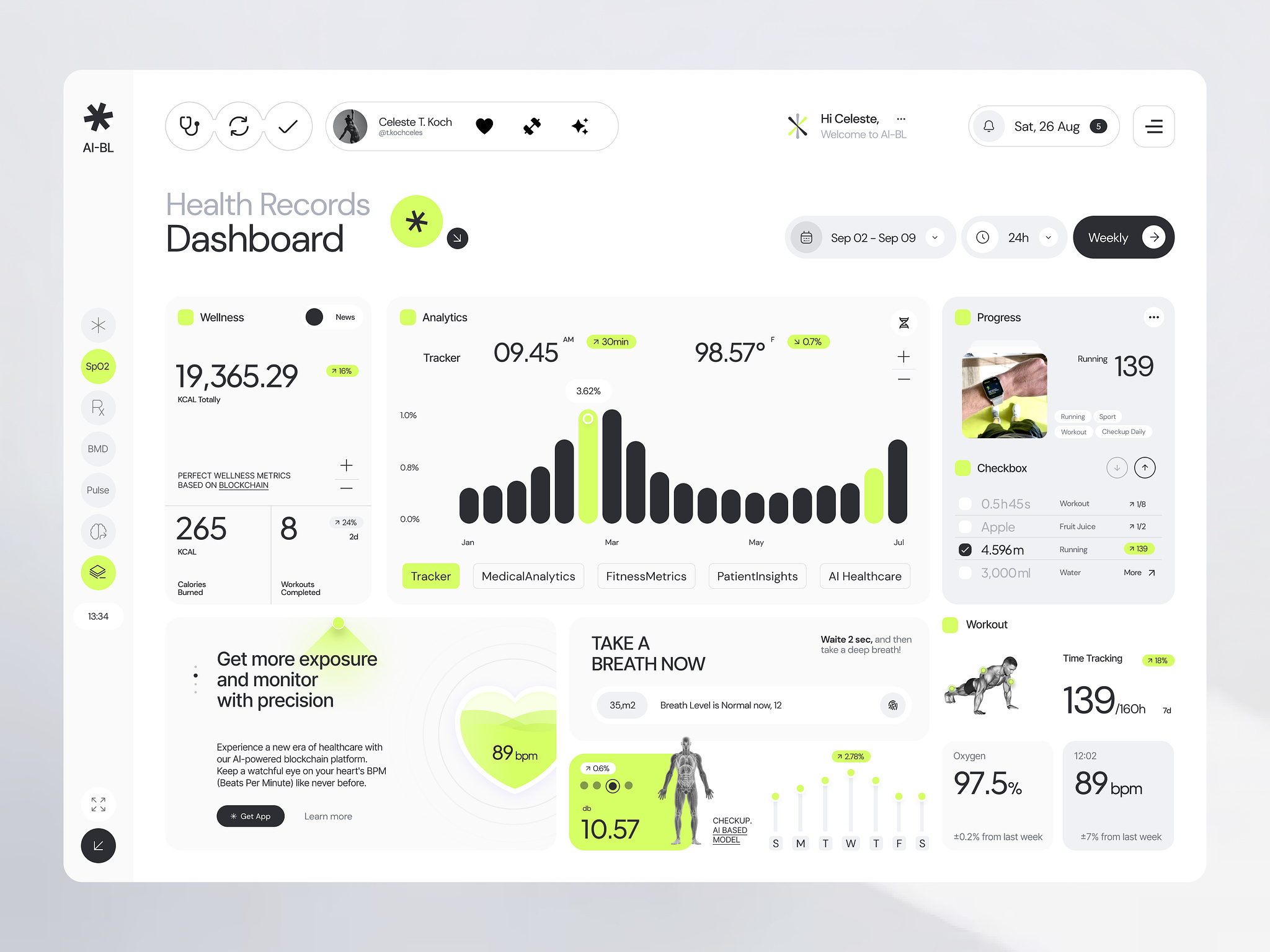
AI chatbots are not just fancy tech toys; they’re strategic assets driving tangible business outcomes. From boosting revenue to enhancing customer loyalty, their benefits can be felt across the board. Here’s how AI chatbots are helping businesses thrive in 2024:
1. Cost Efficiency and Scalability
AI chatbots offer a cost-effective alternative to hiring more staff, especially for customer support functions. They can handle thousands of customer interactions simultaneously without breaking a sweat. Compare this to human agents, who can only deal with one customer at a time. This scalability reduces operating costs, allowing companies to allocate resources more strategically.
Stark Data Point:
According to IBM, businesses can save up to 30% in customer support costs by deploying AI chatbots. With human agents costing an average of $15-20/hour, chatbots offer a compelling ROI.
Real-World Example:
Amtrak implemented an AI chatbot named Julie, saving the company over $1 million in customer service costs annually while handling over 5 million inquiries a year. This kind of scalability would be impossible to achieve with human-only support.
2. Improved Customer Satisfaction and Retention Rates
Speed, accuracy, and personalization: the holy trinity of customer satisfaction. AI chatbots don’t just answer questions; they do it instantly and with a deep understanding of customer needs. This reduces wait times and improves first-contact resolution rates, leaving customers happier and more likely to stick around.
Stark Data Point:
A study by HubSpot found that 82% of consumers rate an “immediate” response as important when they have a question. AI chatbots meet this demand and boost customer satisfaction rates by 24% compared to traditional customer service.
Real-World Example:
Spotify uses an AI chatbot to handle user queries around billing and account issues. By providing instant responses and personalized recommendations, Spotify has improved user retention, with subscribers more engaged and less likely to cancel their subscriptions.
3. 24/7 Availability and Enhanced Efficiency
AI chatbots don’t need lunch breaks, vacations, or coffee to function. They’re always available, providing seamless customer support across time zones. This is a boon for businesses with global operations or those aiming to serve customers outside standard working hours.
Real-World Example:
Mastercard’s AI assistant provides 24/7 support to cardholders, helping with fraud detection, transaction history, and spending insights. This around-the-clock assistance ensures customers receive timely support, building trust and loyalty.
4. Reduced Workload for Human Agents
AI chatbots handle routine tasks—like answering FAQs, managing appointment bookings, or processing returns—so human agents can focus on complex and high-value interactions. This human-machine synergy leads to better outcomes for both employees and customers.
Stark Data Point:
Salesforce found that 64% of customer service agents with AI chatbots at their disposal spend most of their time solving complex issues instead of repetitive tasks, boosting job satisfaction and efficiency.
Real-World Example:
Etsy uses AI-powered chatbots to manage customer inquiries related to order status, shipping, and refunds. This reduces human involvement in repetitive tasks by over 40%, freeing agents to focus on resolving unique customer concerns.
5. Data-Driven Insights and Predictive Capabilities
AI chatbots don’t just communicate; they collect, analyze, and interpret data from customer interactions in real-time. This information fuels data-driven decision-making, allowing businesses to identify trends, improve services, and anticipate customer needs.
Real-World Example:
Zendesk offers AI-powered analytics that track customer sentiment, satisfaction, and chatbot performance. Businesses can use these insights to optimize their strategies, resulting in 20% higher customer satisfaction scores.
6. Challenges in AI Chatbot Deployment and Solutions
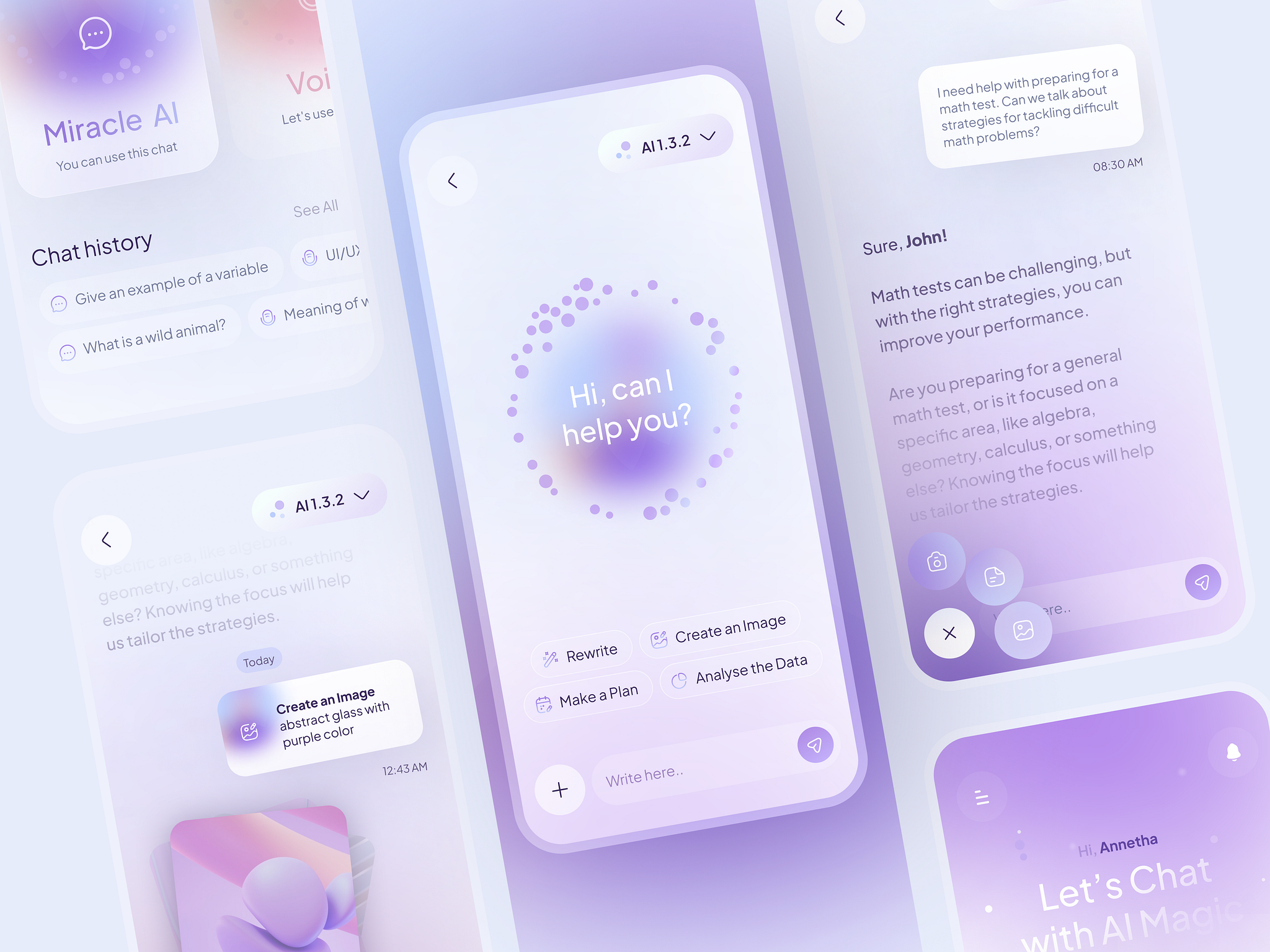
AI chatbots may seem like the silver bullet for all business woes, but deploying them is not without its challenges. From ethical concerns to technological hurdles, businesses must tread carefully to maximize chatbot success. Here’s how they can overcome these challenges:
1. Overcoming Data Bias and Ensuring Inclusivity
Data bias in AI is like a nasty hidden bug in a program—sometimes hard to find but with potentially disastrous consequences. If a chatbot’s training data is biased, it may unintentionally produce offensive or discriminatory responses. This not only damages a brand’s reputation but also undermines the efficacy of the chatbot.
Solution:
Implement robust AI ethics frameworks and continuously audit training datasets for bias. Involve diverse teams in the design and testing phases to spot bias early. Companies like Microsoft and Google have publicly outlined their AI principles and provide resources on ethical AI design.
2. Balancing Automation and the Human Touch
Automating everything isn’t always the answer. Customers still crave human empathy and the nuanced understanding that AI can’t fully replicate. Striking the right balance between automation and human intervention is critical.
Solution:
Implement hybrid models where chatbots handle routine tasks and escalate complex issues to human agents. Zendesk’s chatbot solutions seamlessly integrate with live chat support, allowing customers to switch to human agents whenever needed.
3. Ethical AI and Privacy Concerns
AI chatbots can inadvertently cross ethical boundaries, from data breaches to the unauthorized use of personal data. With privacy regulations like GDPR and CCPA in place, businesses must ensure that their chatbots are compliant.
Solution:
Adopt AI systems that prioritize user consent and data encryption. AI chatbots like Inbenta are designed with GDPR compliance and data privacy features to protect customer information.
4. Ensuring Contextual Relevance and Preventing “Hallucinations”
AI chatbots sometimes provide factually incorrect or contextually inappropriate responses, known as “hallucinations.” This can erode trust and lead to negative experiences for users.
Solution:
Continuously update chatbot training data and incorporate fallback responses for ambiguous questions. Use AI models with strict fact-checking mechanisms, such as OpenAI’s advanced GPT systems, which are designed to reduce hallucination risks through robust training protocols.
5. Managing User Expectations and Limitations
Users may expect AI chatbots to be all-knowing, resulting in frustration when the bot falls short. Managing these expectations is essential to ensuring positive interactions.
Solution:
Set clear boundaries for the chatbot’s capabilities through conversational cues. When necessary, provide alternative options, such as suggesting a live agent for complex queries. This honesty helps build trust and reduces user dissatisfaction.
7. The Future of AI Chatbots Beyond 2024
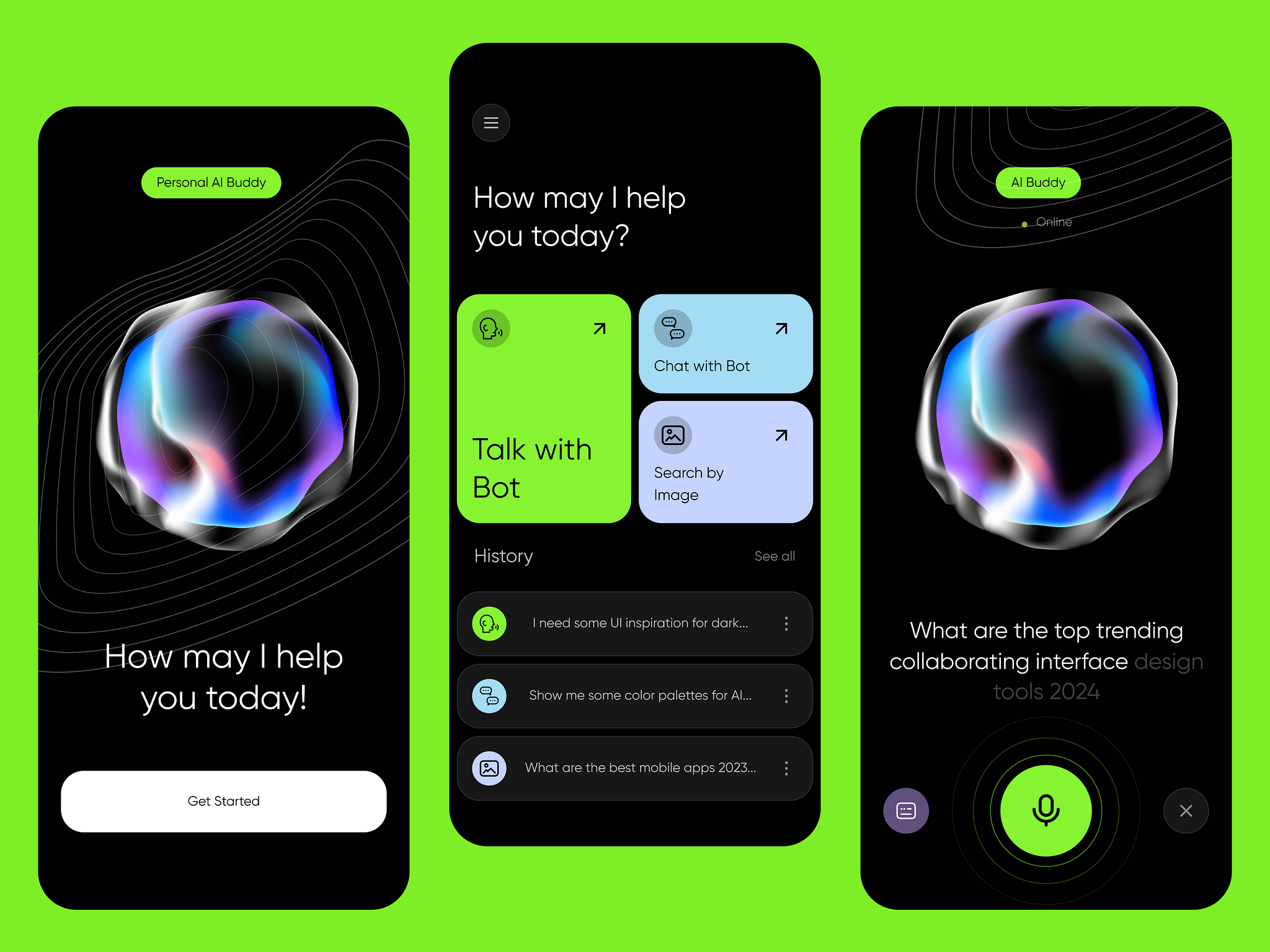
AI chatbots have already proven themselves as powerful tools for business transformation, but where do we go from here? As we look beyond 2024, the potential for AI chatbots is nothing short of revolutionary. Here’s a glimpse into the future of this ever-evolving technology:
1. Emotionally Advanced and Context-Aware Chatbots
In the future, expect chatbots to evolve further with heightened emotional intelligence. These bots will not only recognize human emotions but respond in a way that mirrors genuine empathy and compassion. Imagine chatbots that can detect a frustrated tone and respond with reassuring words, or notice happiness and celebrate alongside the user.
Emerging Trend:
The development of “affective computing” is laying the groundwork for this emotionally advanced AI. Companies like Soul Machines are already building digital humans with lifelike emotional intelligence.
2. AI-Powered Autonomous Agents
AI chatbots will transition from mere assistants to autonomous agents capable of making strategic decisions. They’ll be able to negotiate deals, autonomously order supplies, or even conduct market research, all while adapting to shifting contexts and goals.
Potential Impact:
Businesses may see entire workflows and operational chains run by AI, leading to unprecedented efficiency and innovation. This transformation will disrupt traditional business models, creating a new era of automation and strategic AI deployment.
3. AI Chatbots and Conversational Interfaces in the Metaverse
The metaverse—a virtual shared space that merges the physical and digital worlds—is expected to become a thriving ecosystem in the years ahead. AI chatbots will play a crucial role in this immersive environment, acting as guides, facilitators, and even digital characters that enrich the metaverse experience.
Real-World Example:
Platforms like Decentraland are already experimenting with AI-powered avatars to guide users through their virtual landscapes. Chatbots in the metaverse could offer personalized tours, moderate interactions, and create bespoke experiences.
4. Ethical AI and Transparency in AI Models
The push for ethical AI will only intensify, with regulatory frameworks demanding greater transparency in how chatbots operate. Businesses will need to ensure that their AI systems are free from bias, explainable, and in line with evolving ethical standards.
The Challenge:
AI ethics will play a decisive role in defining the trustworthiness of chatbots. Initiatives such as The Partnership on AI focus on developing best practices and fostering transparency in AI applications, ensuring a balanced approach to technological innovation.
5. AI Integration with IoT (Internet of Things)
AI chatbots will extend beyond digital conversations into the world of connected devices. By integrating with IoT devices, chatbots will offer seamless control of smart homes, vehicles, wearables, and more. Picture chatting with your fridge to generate grocery lists or using voice-activated bots to control home security systems.
Future Outlook:
Expect smart homes, cars, and even smart cities to be filled with intelligent AI conversational interfaces, making daily life smoother and more efficient.
8. Conclusion
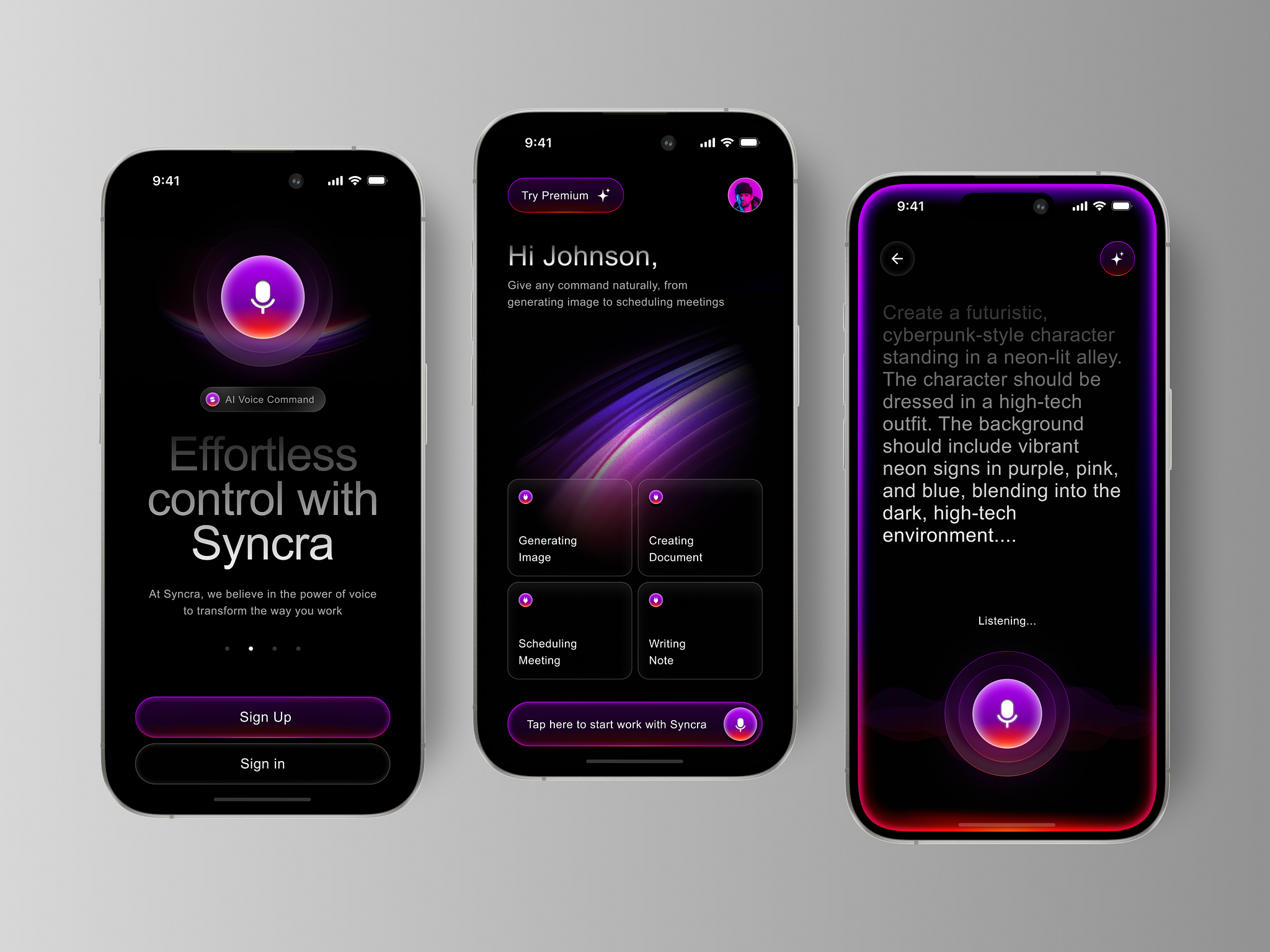
As we wrap up this journey through the world of AI chatbots in 2024 and beyond, it’s clear that we’re standing on the precipice of a technological revolution. AI chatbots have transcended their original purpose, becoming integral to how businesses operate and engage with customers. They provide round-the-clock support, create personalized experiences, automate complex tasks, and even exhibit empathy—all while saving businesses time and money.
The features highlighted in 2024 represent just the tip of the iceberg. With advancements in emotional intelligence, voice AI, and seamless integrations across channels, chatbots are evolving to become indispensable to both businesses and consumers. Industries ranging from healthcare to retail and finance are already reaping the rewards, and as technology progresses, the sky’s the limit.
For businesses aiming to stay ahead of the curve, embracing AI chatbot solutions is no longer a “nice-to-have”—it’s a must. Whether through personalized customer interactions, data-driven insights, or efficient task automation, chatbots are here to revolutionize customer experience and drive competitive advantage.
So, what are you waiting for? The future is conversational—don’t get left behind. Start exploring AI chatbots today and prepare to ride the wave of transformative change that is reshaping industries as we know them.